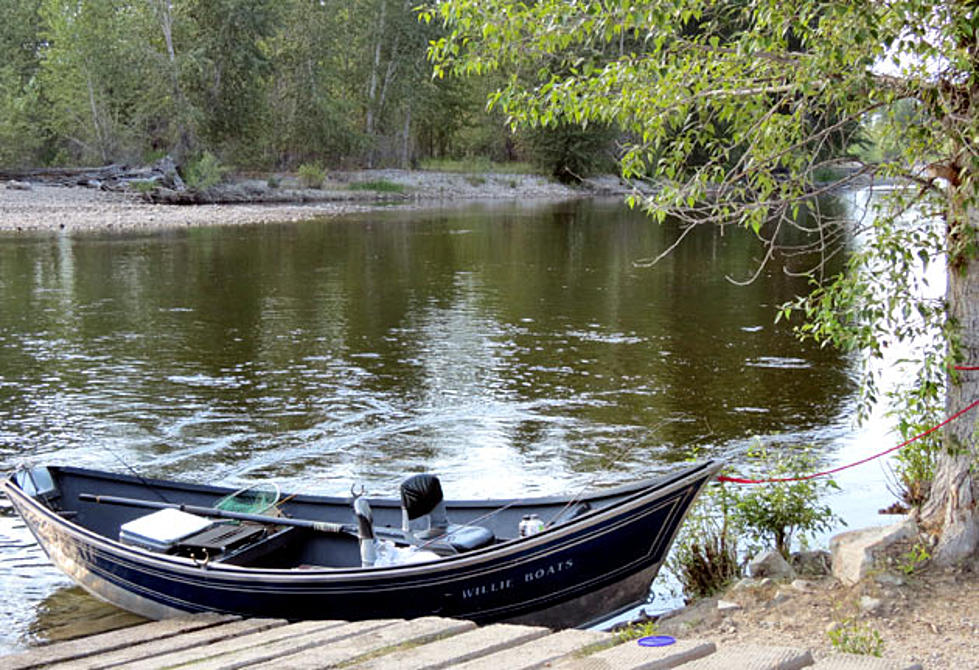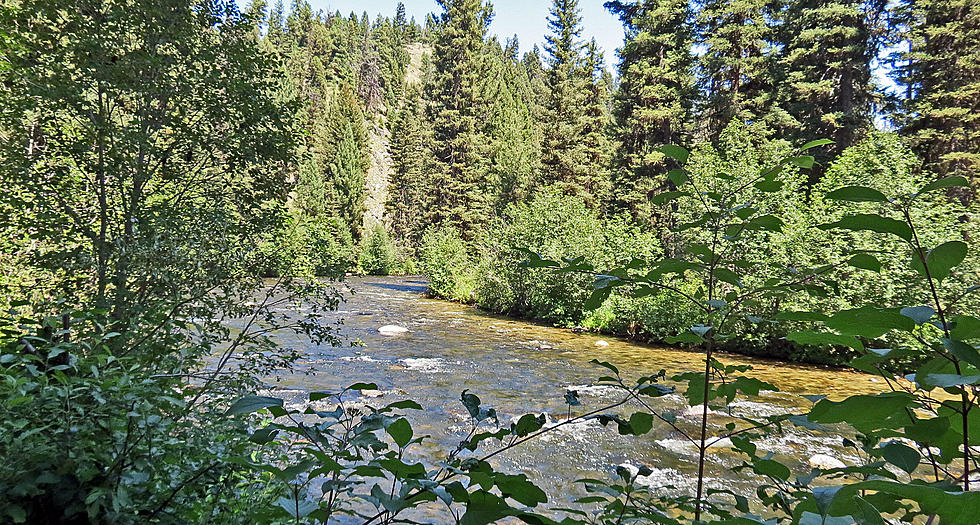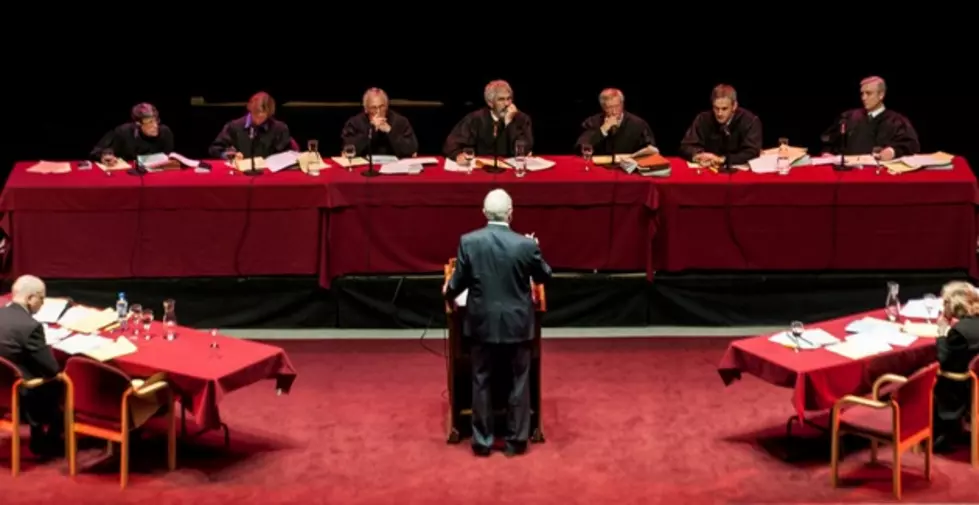
Underground Copper Mine near the Smith River Pros and Cons
(Pat Clayton photo)
In May, the Montana Department of Environmental Quality issued a Phase One bonding amount of $4.65 million for the Black Butte Copper Mine, located on private land near the iconic Smith River.
On June 4, several organizations filed a legal challenge to the project in Meagher County against the Montana DEQ and Tintina, Montana and Sandfire America.
One of those groups is Earthjustice, represented by attorney Ben Scrimshaw, who detailed some of the concerns about the proposed mine by his and other environmental and conservation groups.
“One of our concerns is that Tintina is going to use a completely novel and relatively untested technique to dispose of toxic mine waste,” said Scrimshaw. “If anything were to happen during that disposal that leads to toxic mine waste getting into Sheep Creek, which is adjacent to the mine and a major tributary to the Smith, then it could have widespread consequences for aquatic life including trout in the Smith River watershed and the Smith River.”
Vice President for Communications with Sandfire Resources, Nancy Schlepp described the new technology being used to contain mine tailings, so that the environment around the mine would be protected.
“We will be putting half of that (crushed mine tailings) back underground right where it came out, with cement so it sets up solid,” said Schlepp. “Then, the other half, because it is ground up so fine it doubles in size and you can’t fit it all back inside where it was in a cemented tailings facility. This facility will be double-lined and then we will slurry the cemented tailings that will set up inside of it, and then it will be covered with another liner, when we’re done, and then four to six feet of subsoil and topsoil will go over it and then it will become a grazing pasture again.”
Scrimshaw said it is too early in the process of investigating the possible reduction of water levels in the Sheep Creek and Smith River to allow the mine to progress.
“Our concern is that the state if still at its very, very beginning in terms of its analysis of whether Tintina is able to mitigate those effects to surface flows,” he said. “At this point it’s not clear whether their plans will do so, and our concern that any diminishment of flows in Smith River tributaries will harm those fish populations.”
Schlepp described the water treatment system that will be used at the mine.
“We will have a reverse-osmosis water treatment system on-site that will treat all water that comes out of the ground to drinking water standards, and then we will put it back into the ground water system that it came out of,” she said. “We will completely mitigate by leasing irrigation rights further upstream Sheep Creek for any water that will be used.”
A press release from Sandfire America stated ‘The Montana DEQ conclusively and independently found that all environmental issues have been addressed and that this permit can be granted knowing that the environment which we all value and care for is protected.’
A press release by opponents of the mine project stated:
‘Montana Trout Unlimited, Montana Environmental Information Center, Trout Unlimited, Earthworks, and American Rivers filed the lawsuit in state district court on June 4 challenging the mine operating permit approved by the Montana Department of Environmental Quality, alleging a failure to conduct a thorough environmental analysis and ignoring over 12,000 public comments opposing the mine. The coalition is represented by the non-profit environmental law firm Earthjustice.’
More From 94.9 KYSS FM








